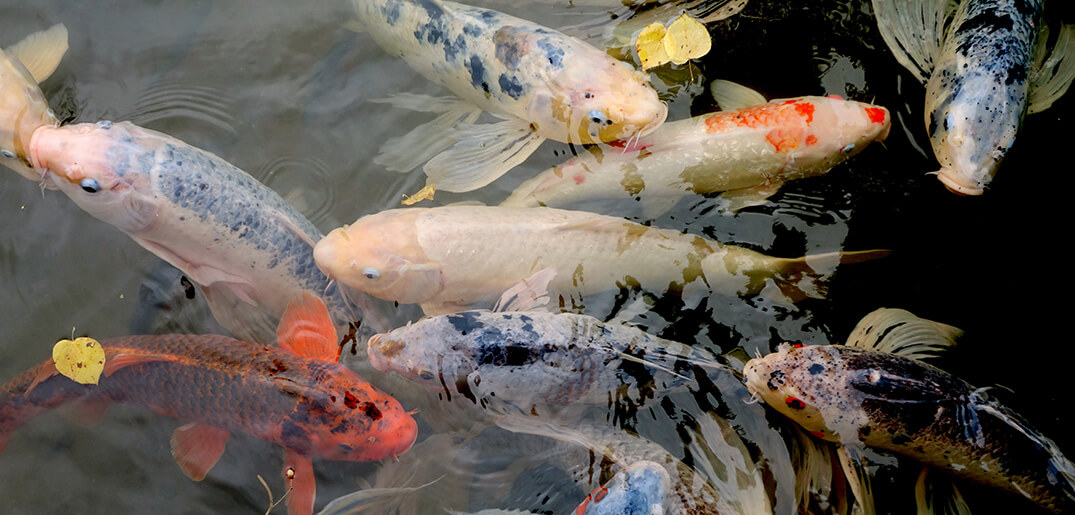Some koi experts have discovered an interesting phenomenon: in ponds that use soft water, the fish appear to have superior growth rates than ponds that use hard water. Below is an explanation of this phenomenon and why it occurs.
What Is Considered Good Growth Among Koi?
Most koi experts define good growth rates as being specimens which are fifty centimeters or longer. Growing the fish is not difficult, but producing show quality specimens is. Detractors will often point out that in their natural environment, carp (which are related to koi) live in hard water, and so placing koi in soft water won’t really affect anything. However, it must be emphasized that there is a difference between surviving and thriving.
What The Experts Discovered
Experts who wanted to get to the bottom of the issue used a number of tools to test pond water, including a calcium kit and aquarium pharmaceutical kit. It was discovered that ponds that use soft water tend to be low in mineral content. However, as time passes the pond’s bottom will become lined with a substrate that is soft and silt like, which slowly disintegrates due to fish excreta. This waste is different from that found in filters, and results in a mud pond ecosystem. Both koi breeders in Japan and the United Kingdom have found that using soft water tends to get better growth results than hard water, even if this is the water that you’d find in most natural ponds.
How The Japanese Raise Their Fish
Most Japanese breeders prefer pond water that is extremely soft. Over the course of multiple generations, the koi have become well adapted to this type of water. Many breeders take additional steps to ensure the fish are maintained in controlled conditions that keeps them both alive and healthy. Japan, like North America and the UK, becomes cold during winter, so the Japanese rely heavily on indoor ponds, with the difference being that they like using oyster shells for filters.
The primary purpose of the indoor ponds is to ensure the koi survive until spring while not crashing the water pH levels. The fish don’t need to eat much during the winter months. However, the more interesting environment for koi is the mud ponds outdoors, where the Japanese choose to keep them during much of the year. Mud ponds tend to be very low with regard to oxidative property, which many experts believe is why the koi that live in such environments have vibrant color pigments.
The ideal koi pond is one that has an ORP which is just beneath 200mV. TDS levels are also important, and need to be checked regularly. If the ORP levels become excessive, it would result in a negative impact on the pigment cells of the koi. Many believe that the clay found in soft water ponds is beneficial to koi for the same reason clay benefits humans, because it appears to have anti-oxidant properties.


 Blog
Blog



